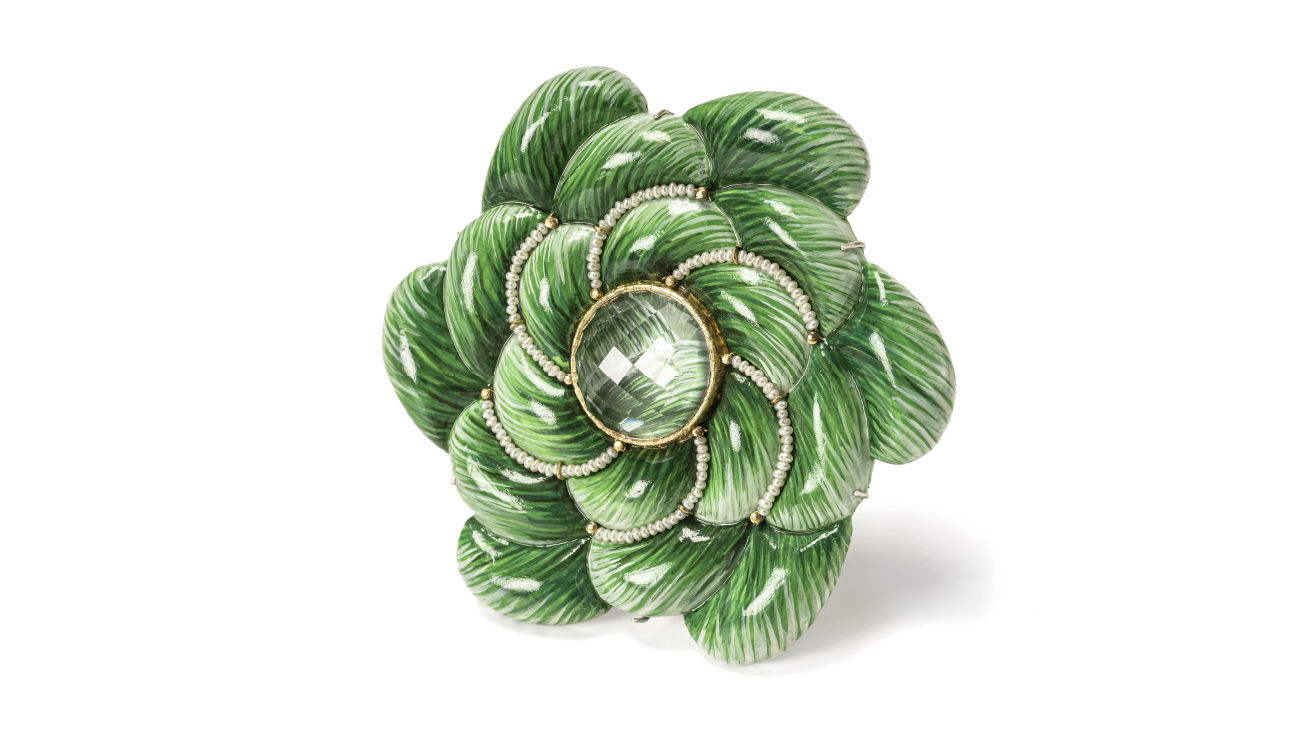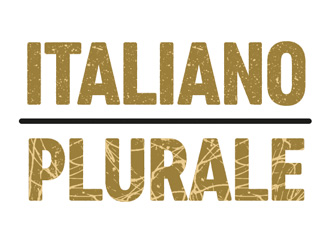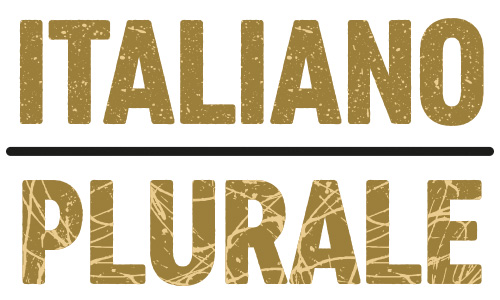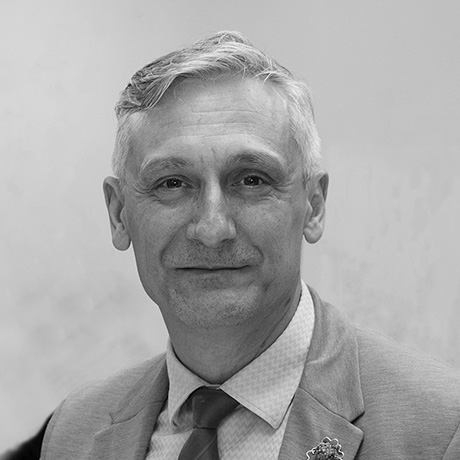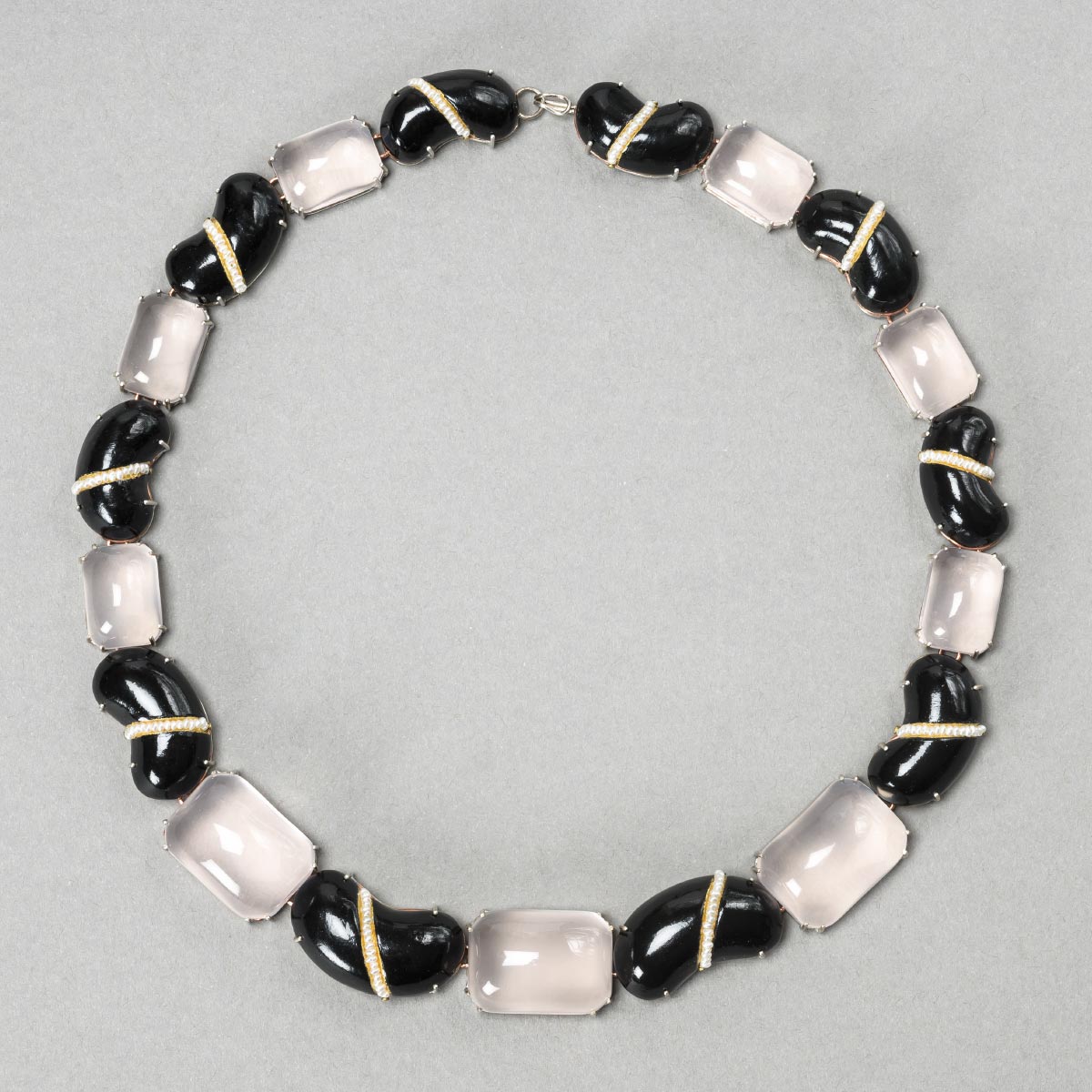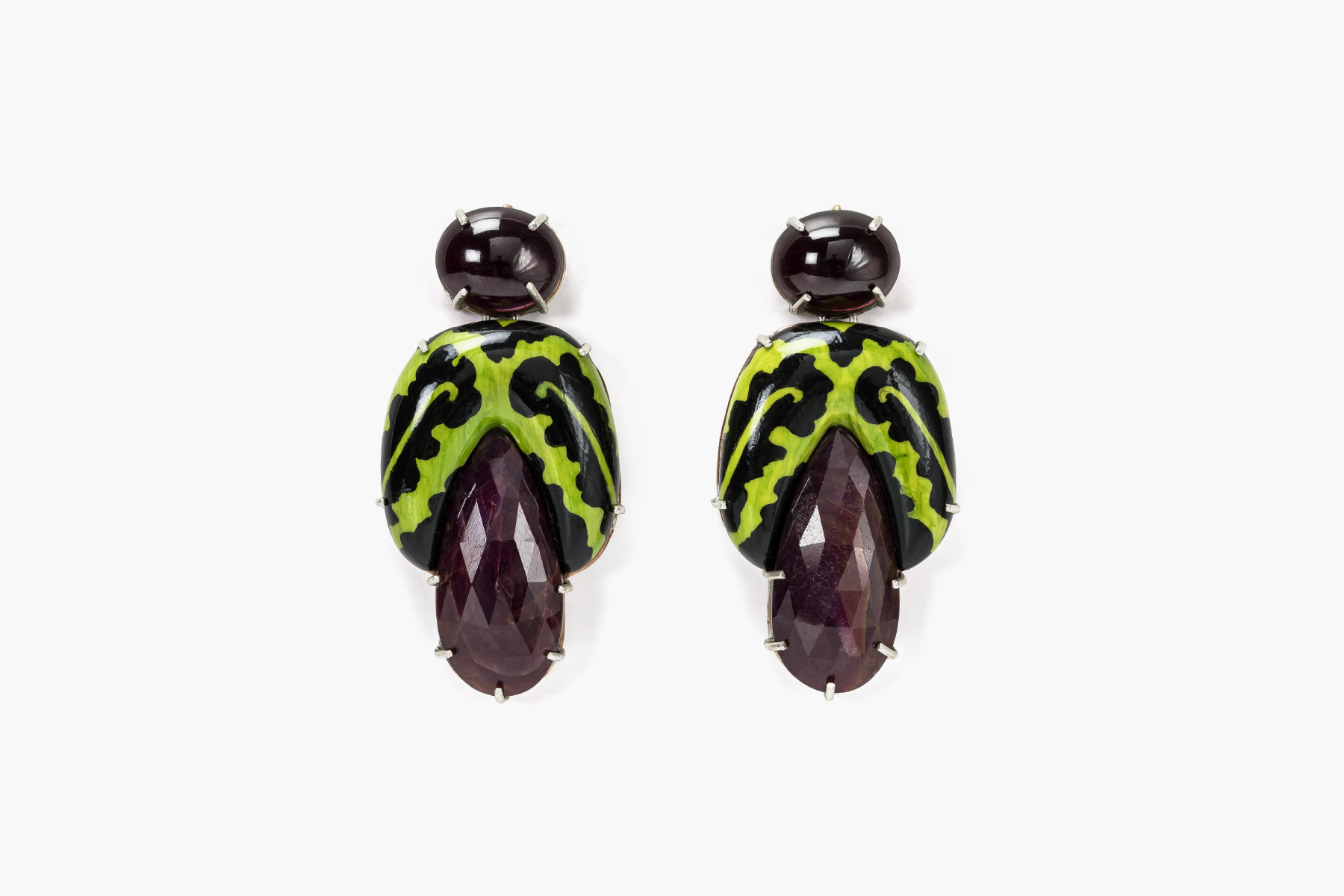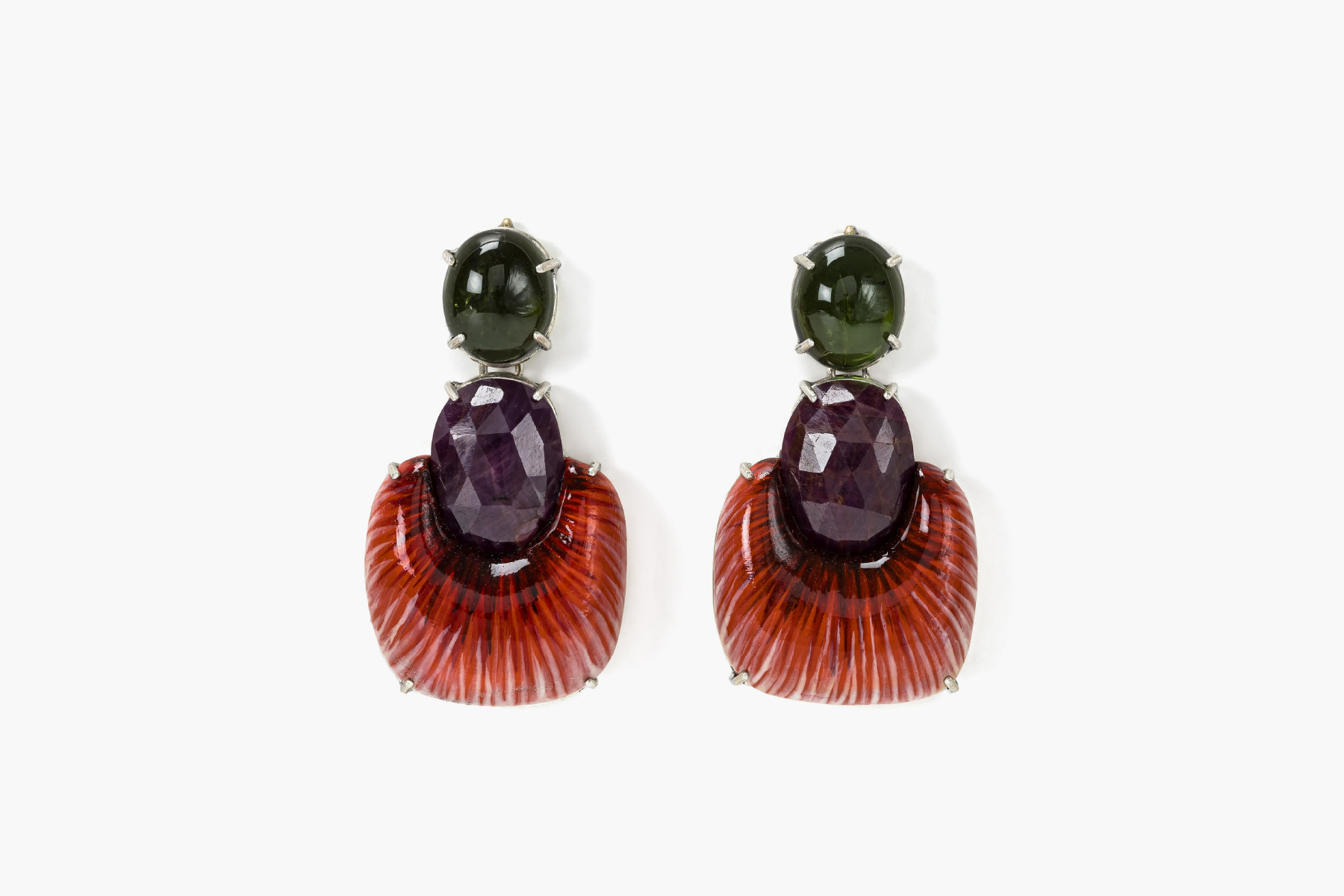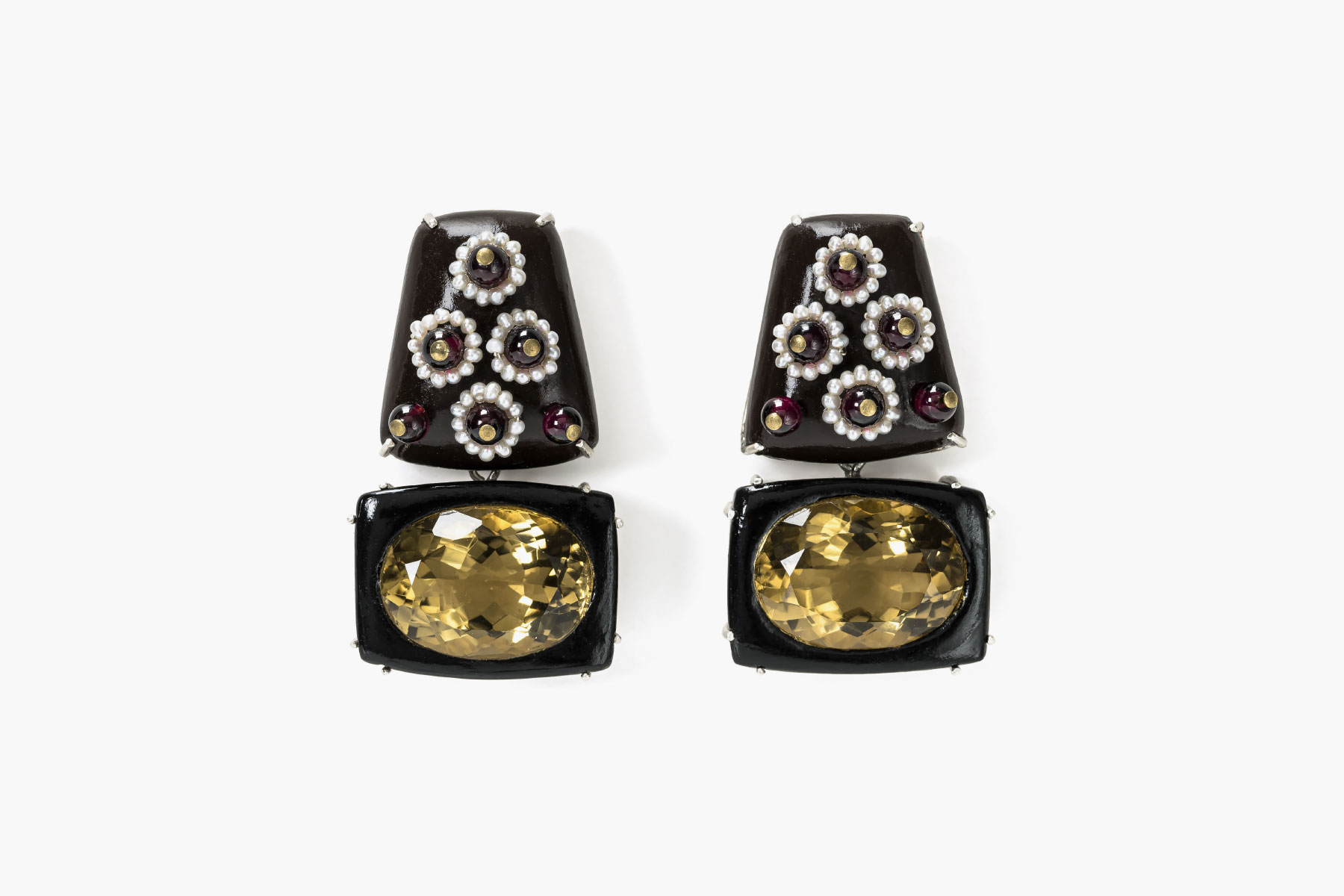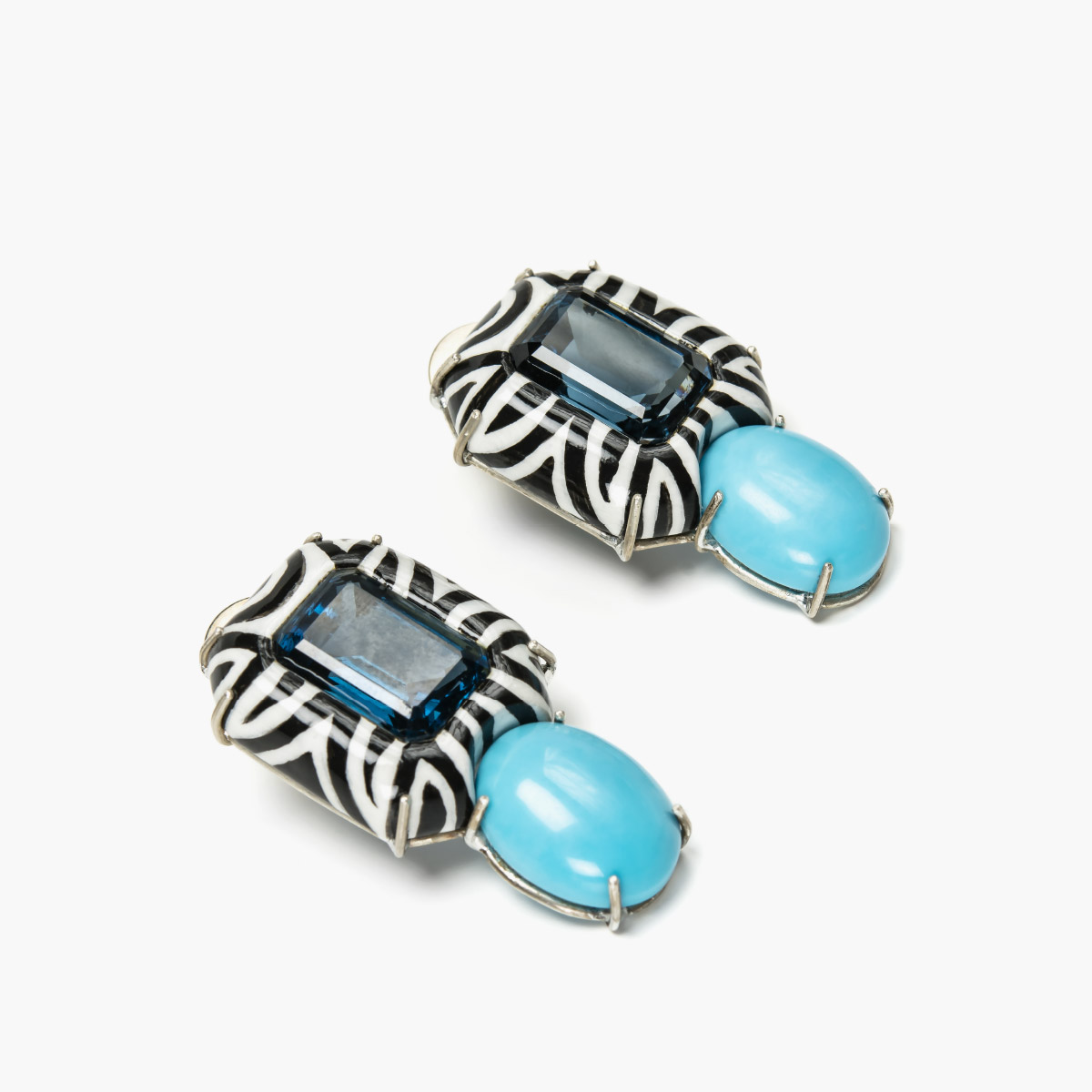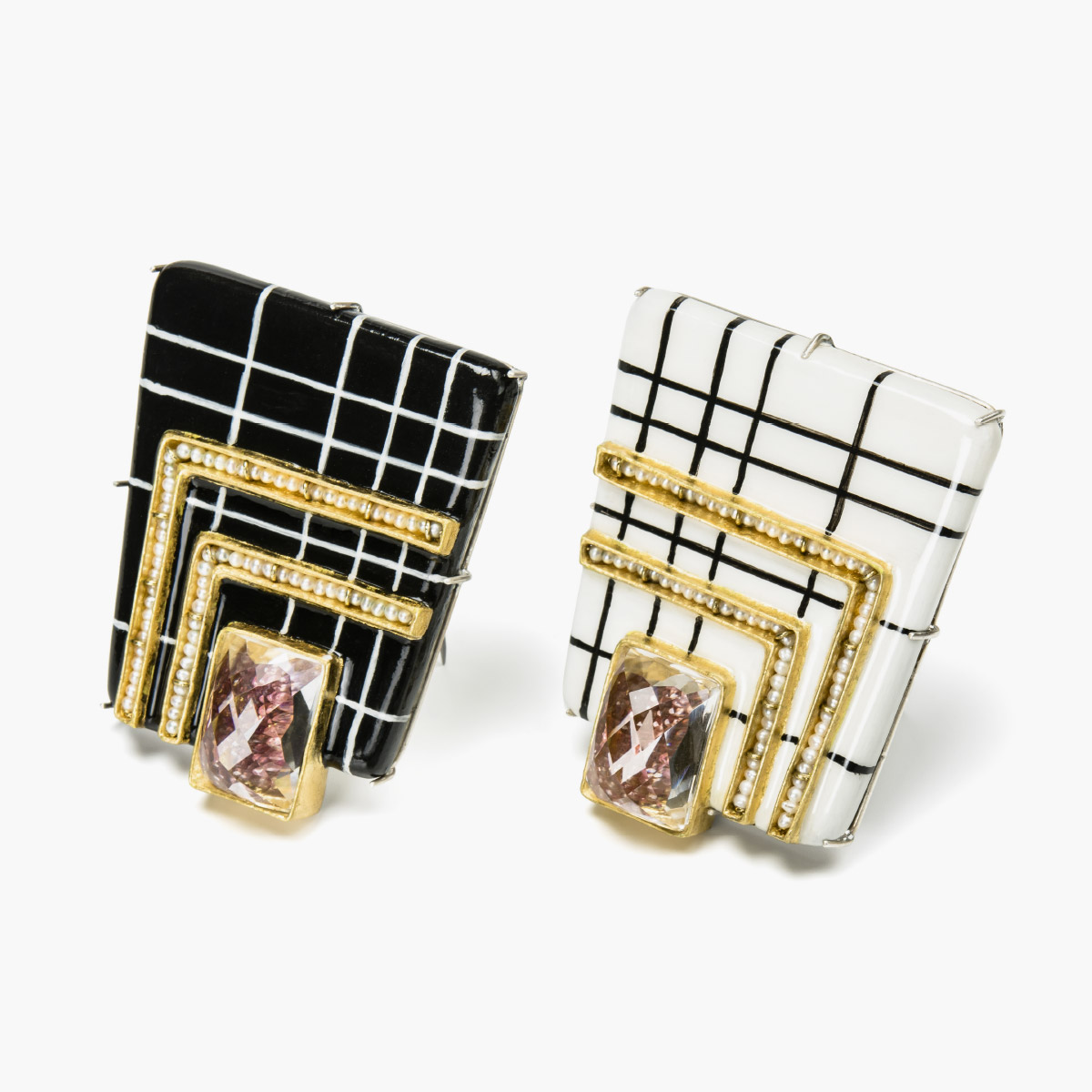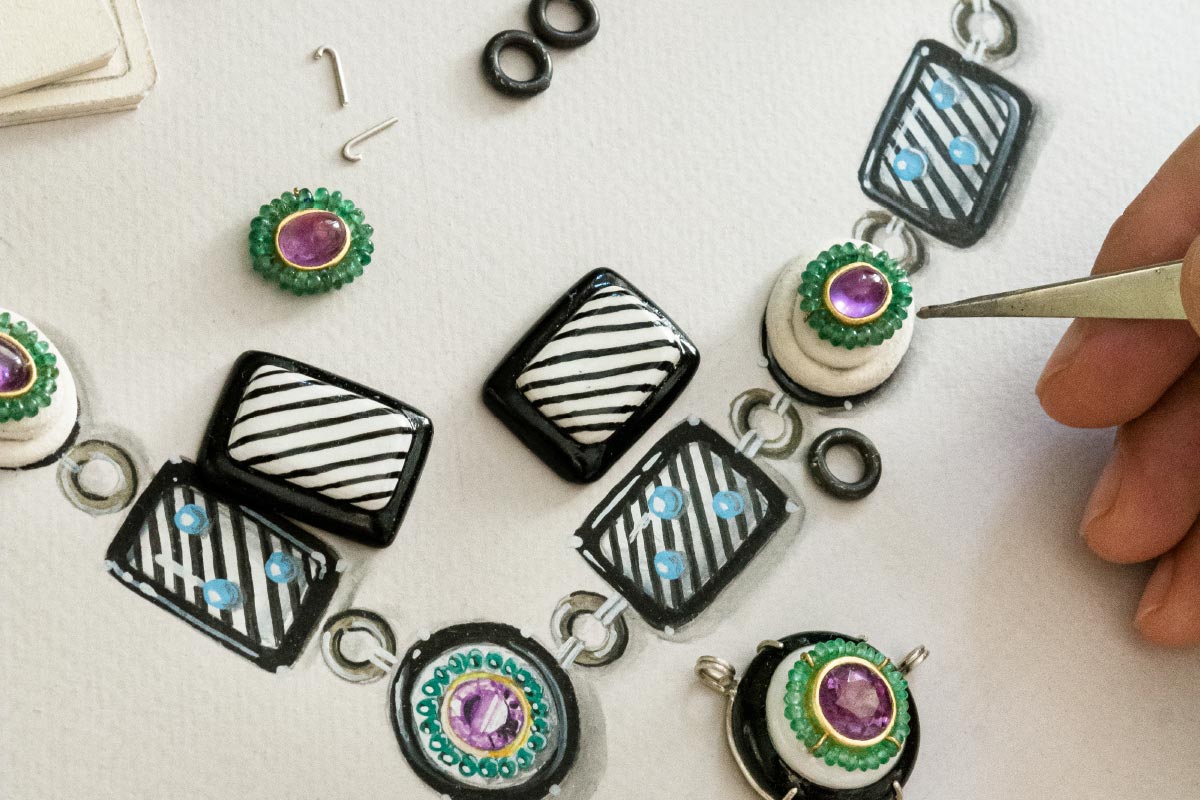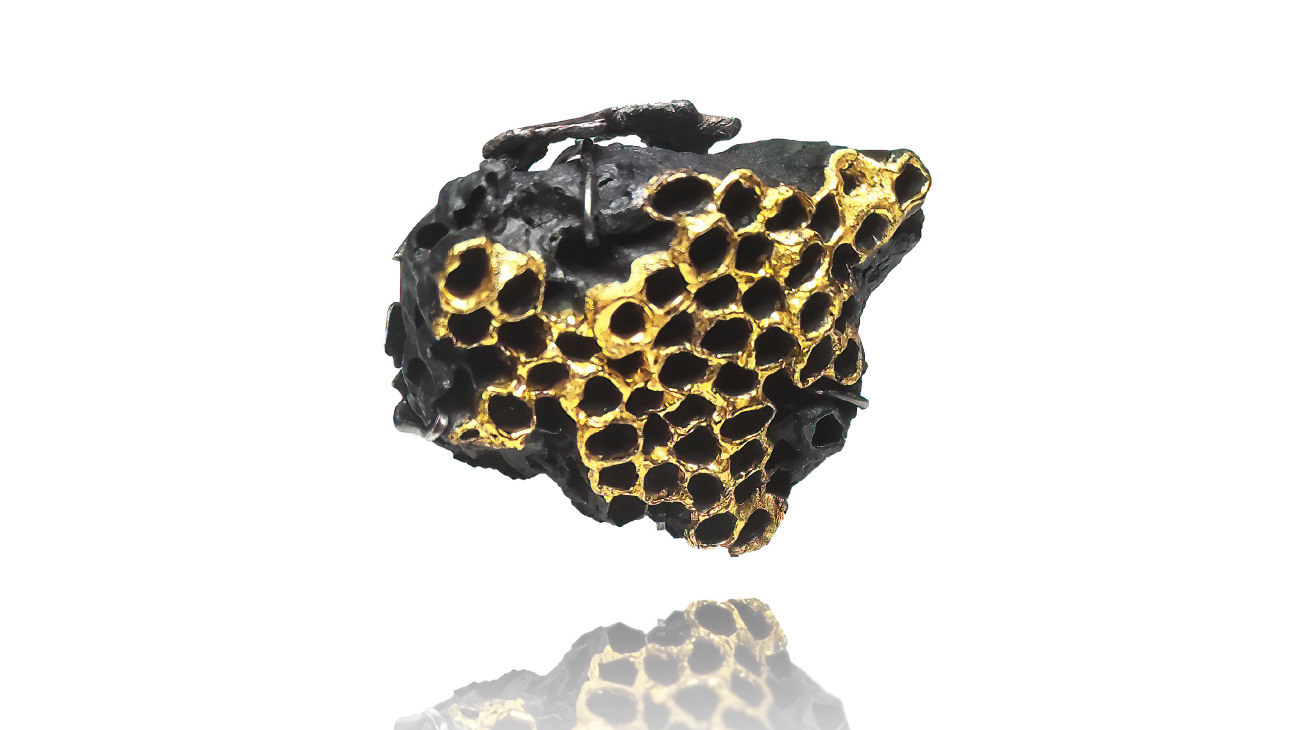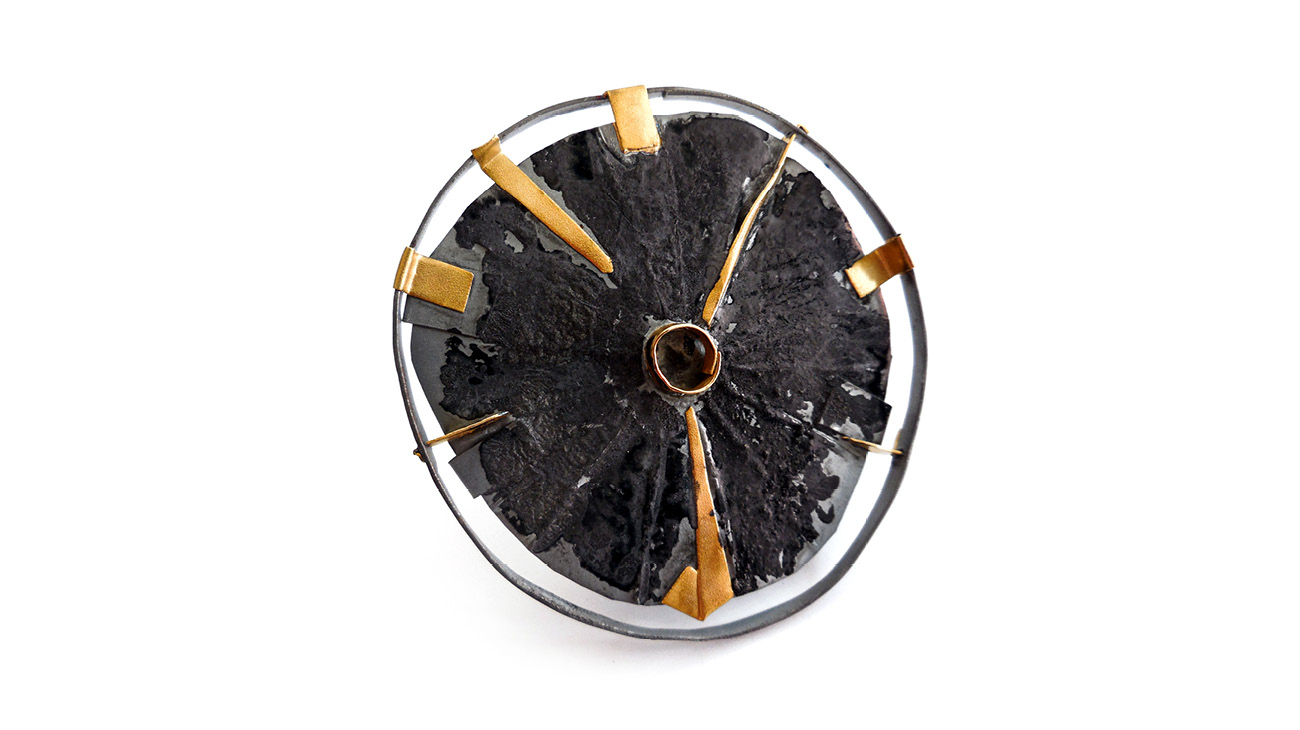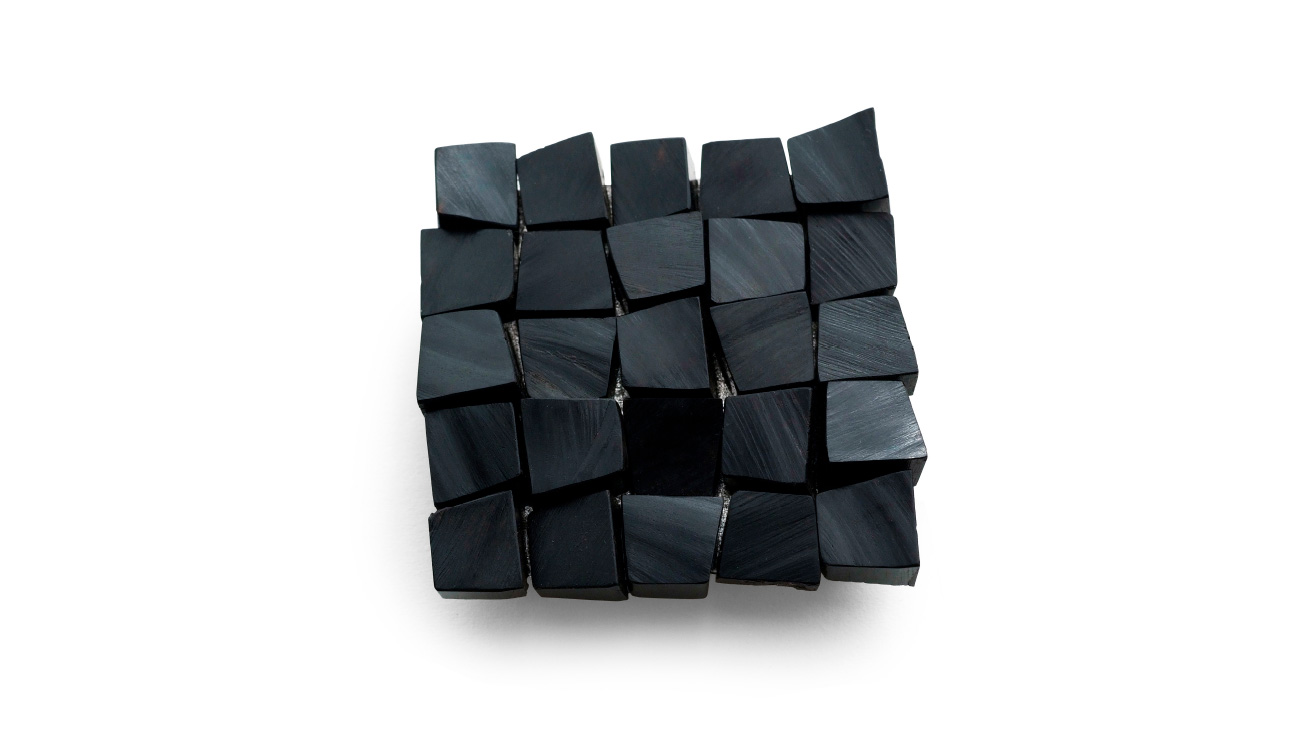“I have always been fascinated by paper as an easily obtainable, ductile and malleable material, so it was a perfectly natural decision for me to move from traditional jewellery towards using paper as a main element for unusual and exceptionally light pieces. Its intrinsic softness and shock resistance make paper an ideal material for bold creations, as it allows for voluminous shapes and extraordinary lightness.”
Jewelry by Gian Luca Bartellone blossoms in floral forms and vibrant colors. His Bodyfurnitures collection are modern pieces of jewelry that break traditional norms and mischievously question deep-rooted perceptions. Although Bartellone draws inspiration from tradition, he treads new paths with daring combinations of materials: he unites gold, silver, copper and gemstones with papier-mâché or paper. With their lightness and flexibility they are perfectly suited to serve as the basis for his elaborately crafted pieces of jewelry. The mix of materials in his work is clearly unconventional but these are “familiar playmates” for this academically trained goldsmith.
In 2012 the Grassi Museum of applied Arts, Leipzig acquired the Necklace “Kardia” and bracelet “Pelagos” for the permanent collection.
Gian Luca lives and works in Bolzano, Italy
“Paper is a true chameleon: it can be coloured, gilded and treated in wide a variety of ways. This makes it an ideal partner for a number of other materials, such as gold, pearls, gems, copper, iron and antique textiles in a mixture of shapes and colours that form unique, precious pieces of jewellery. Each piece of jewellery starts out as an idea subsequently refined in a detailed drawing and finally takes shape as a three-dimensional object accompanied by a description, the original drawing and a list of all materials employed.”
